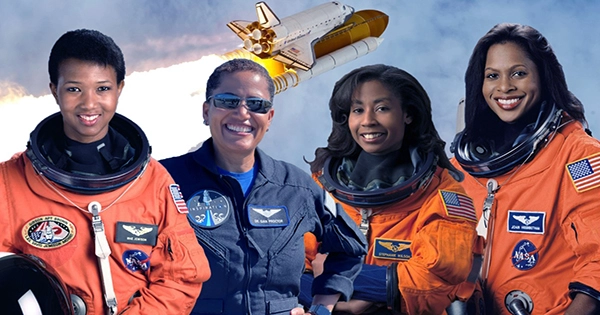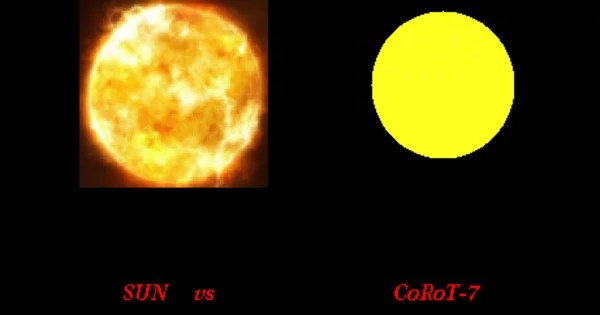From astronauts to engineers to mathematicians, NASA has honored some of the most renowned African Americans who have worked for the organization throughout the years. They’ve created a film with these individuals as well as a photo book with images from the company’s beginnings to the present. Guion “Guy” Bluford, the first African American to fly into space on the Space Shuttle Challenger in 1983, is one of the people featured in the video. He went on to fly on three more Space Shuttle missions.
Dr. Mae Jemison, the first Black woman to journey into space aboard the Space Shuttle Endeavour, is another example. She holds degrees in chemical engineering, African and African-American studies, medicine, and multiple honorary doctorates. “Never be confined by other people’s limited imaginations,” she says.

George Robert Carruthers, an inventor, physicist, engineer, and space scientist, is also highlighted. He’s probably not as well-known as Bluford and Jemison, the two public-facing astronauts. Carruthers’ most important inventions were ultraviolet cameras and detectors, which ranged from a small version used by the Apollo 16 astronauts to more sophisticated ones used in telescopes, demonstrating the presence of hydrogen in the interstellar medium and observing Halley’s comet in ultraviolet light.
The homage also included Dorothy Vaughan, Katherine Johnson, and Mary W. Jackson. Their contributions were critical during NASA’s early years, and their lives were memorialized in Margot Lee Shetterly’s book (and eventual film) Hidden Figures, which focuses on them and other Black women who worked for the organization. African Americans continue to make significant contributions to NASA’s efforts today, from participating in the Artemis program, which will land the first woman and person of color on lunar soil, to designing new missions, such as Ingenuity, the first helicopter to fly on another world.
Taryn Bailey is a NASA mechanical engineer who is presently working on Ingenuity (the Perseverance Mars rover’s helicopter friend, which is expected to take flight on April 19 after a brief delay). Bailey likens her job to solving a puzzle, as she is in charge of deciphering how a satellite or robot must be assembled in order to function on another planet. She explains how excitement can open doors and why you should never rule out your dream profession simply because you dislike arithmetic.
Fortunately, I attended a solid high school in Montgomery County, Maryland, which instilled in me a strong work ethic and prepared me for the rigors of a college curriculum. I started out at Goucher College to study physics, but after deciding that I’d rather learn more application-based engineering, I switched schools. I transferred to Columbia University in New York City after my sophomore year and received a Bachelor of Science in mechanical engineering.
During my academic career, I completed internships in material physics at the University of Florida as part of a Research Experience for Undergraduates (REU) program, as well as an internship at Genesis Engineering Solutions, a NASA-affiliated aerospace company in Maryland. Art, dance, and athletics are a few of my interests. These are activities that I developed as a child and continue to pursue as an adult.
















